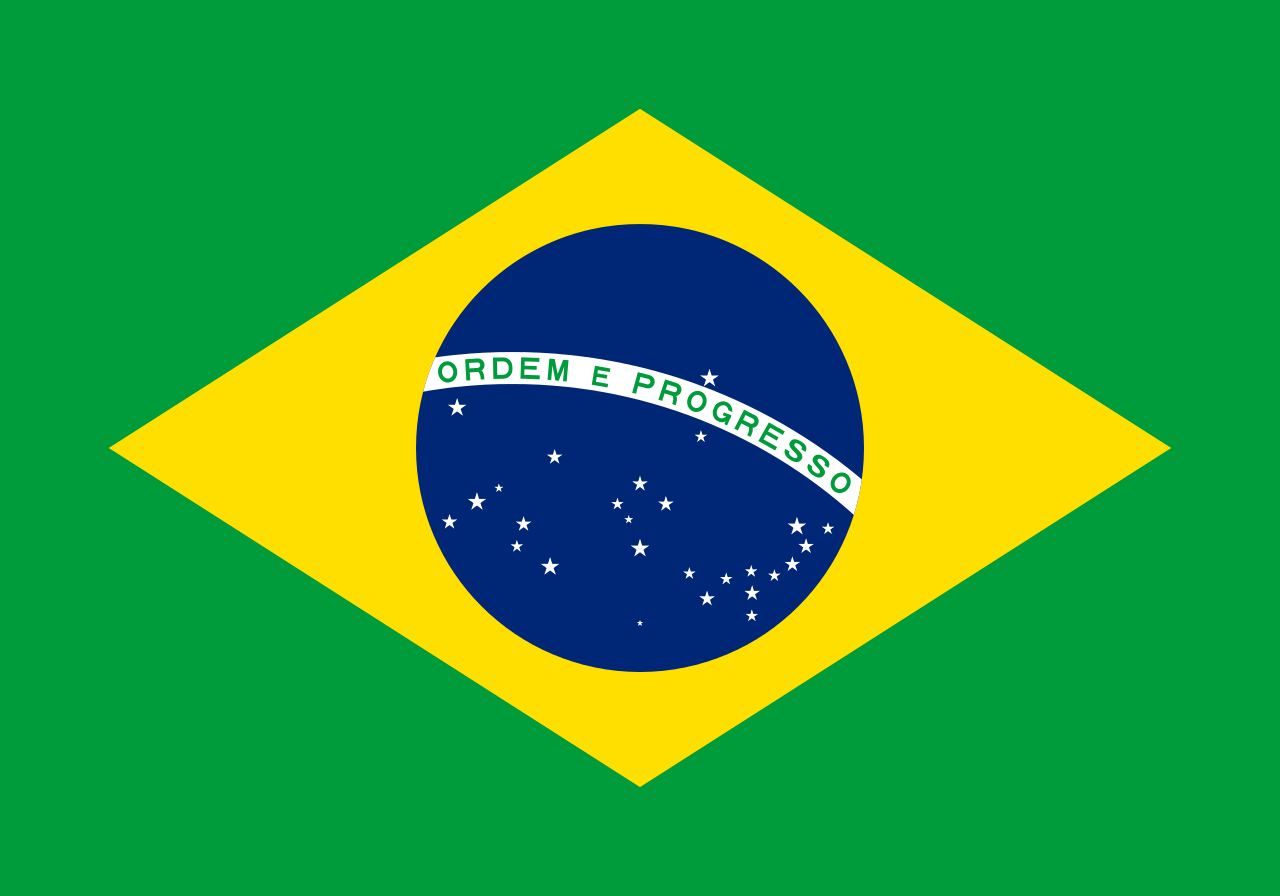Prototype
The prototype, containing these techniques, is implemented in C++ with a volume ray-casting fragment shader written in GLSL. The Qt GUI library was used for implementing the interface and the open source Grassroots DiCoM library for reading and parsing Dicom medical files. To run the executable file you should be attentive to the system requirements (programmable GPU with >=1GB graphics memory and supports OpenGL-GLSL >= 3.3), before downloading one of the following files and uncompressing it:
Please reference the following papers, if you use
- Curvilinear reformatting: Shin-Tingf Wu, Wallace Souza Loos, Dayvid Leonardo de Castro Oliveira, Fernando Cendes, Clarissa L. Yasuda, Enrico Ghizoni: Interactive Patient-Customized Curvilinear Reformatting for Improving Neurosurgical Planning. International Journal of Computer Assisted Radiology and Surgery (2018)
- Multimodal rendering: Shin-Ting Wu, Raphael Voltoline, Wallace Souza Loos, Jose Angel Ivan Rubianes Silva, Lionis de Souza Watanabe, Barbara Amorim, Ana Carolina Coan, Fernando Cendes, Clarissa L. Yasuda: Toward a Multimodal Diagnostic Exploratory Visualization of Focal Cortical Dysplasia. IEEE Computer Graphics and Applications 38(3): 73-89 (2018)
- Rigid co-registration: Shin-Ting Wu, Augusto Cavalcante Valente, Lionis de Souza Watanabe, Clarissa Lin Yasuda, Ana Carolina Coan, Fernando Cendes: Pre-alignment for Co-registration in Native Space. SIBGRAPI 2014: 41-48
- Coordinated views: Shin-Ting Wu, José Elías Yauri Vidalón, Wallace Souza Loos, Ana Carolina Coan: Query Tools for Interactive Exploration of 3D Neuroimages: Cropping, Probe and Lens. SIBGRAPI 2013: 250-257
- 3D Cursor: Shin-Ting Wu, José Elías Yauri Vidalón, Lionis de Souza Watanabe: Snapping a Cursor on Volume Data. SIBGRAPI 2011: 109-116
VMTK-Neuro 3.2
Last update:(July, 2019)
- MacOS Binary (64-bit, OSX 10.13+) (19.5 MB)
- Linux Binary (64-bits, Ubuntu 16.04) (119.0 MB)
- Windows Binary (64-bit, Window 10+) (14.7 MB)
Color maps used in the tutorials: palettes.zip (1.4 KB). Just download and uncompress it in any folder. However, we recommend using your own transfer functions that are appropriate to your data.
We have successfully loaded DICOM files from different scanners in our university hospital and some of these datasets, from which we successfully co-registered the available pair of anatomic and functional 3D images: CEREBRIX/Neuro Crane/t1_fl2d_tra and CEREBRIX/PET PETCT_CTplusFET_LM_Brain (Adult)/PET FET Cerebral.
If you have some problems, please let us know by sending an e-mail: ting at dca dot fee dot unicamp.br
LICENSE
The prototype is released under the LGPL license:
Copyright (C) 2015 Wu Shin-Ting, Wallace Souza Loos, Raphael Voltoline Ramos and José Angel Iván Rubianes Silva.
This prototype is free software; you can redistribute it and/or modify it under the terms of the GNU Lesser General Public License as published by the Free Software Foundation; either version 2.1 of the License, or (at your option) any later version.
This software is distributed in the hope that it will be useful, but WITHOUT ANY WARRANTY; without even the implied warranty of MERCHANTABILITY or FITNESS FOR A PARTICULAR PURPOSE. See the GNU Lesser General Public License for more details.
This software is not certified as a medical device for primary diagnostic. It is for research purpose. Any other user is entirely in your own risk.
Old Versions
DISCLAIMER
All procedures provided by different versions of this software are intended only for scientific research. They are not certified for primary diagnostic. Use it at your own risk.
Implemented Techniques
Multi-volume Raycasting
This program is a simplified version of the VMTK prototype. It demonstrates that appropriate geometric transformations in the texture space are sufficient for efficiently rendering a single image from multi-volumes.
The co-register matrix and two volumes, MRI-T1 and MRI-FLAIR, are provided for the test.
Maximization of Mutual Information based Co-registration
Multiplanar Reformatting
Curvilinear Reformatting
Coordinated Views

